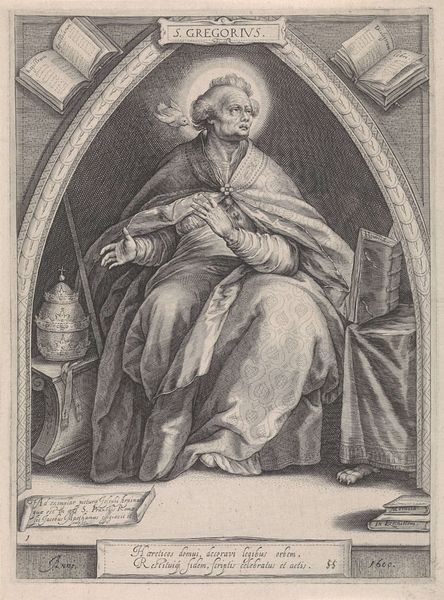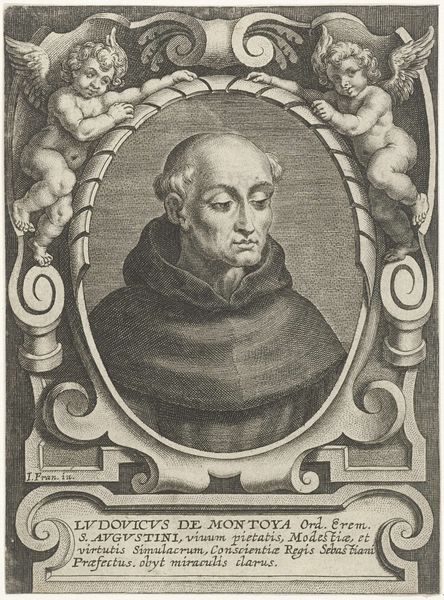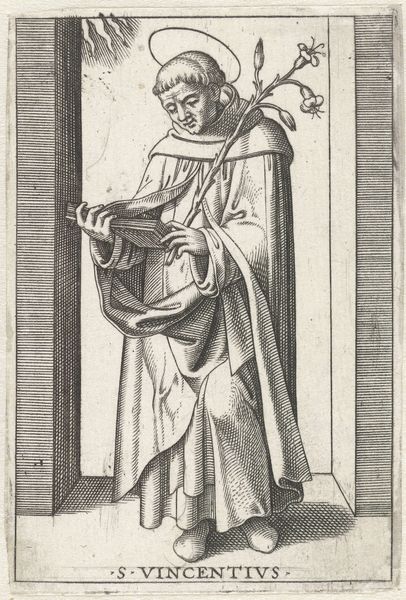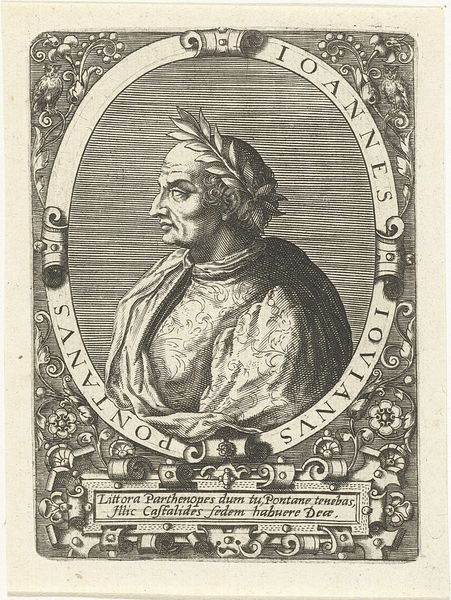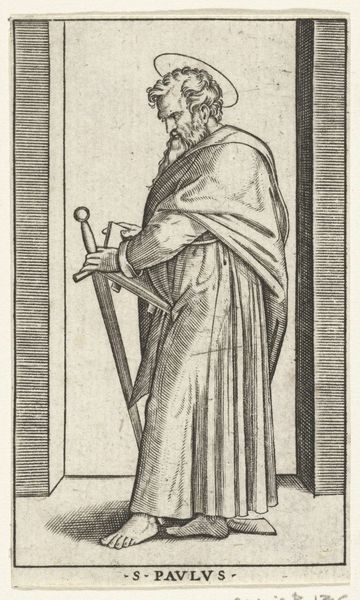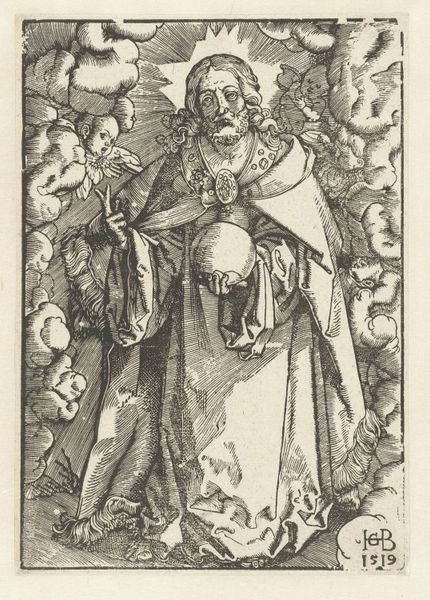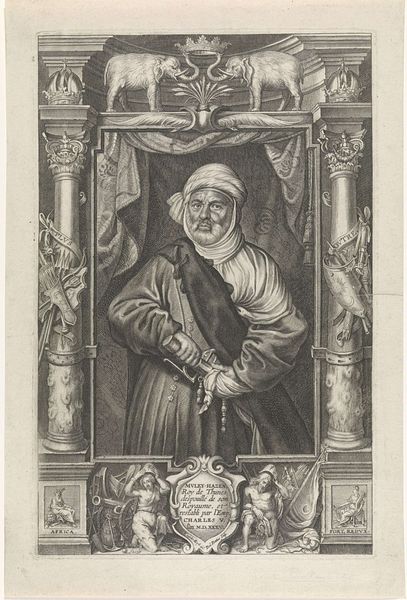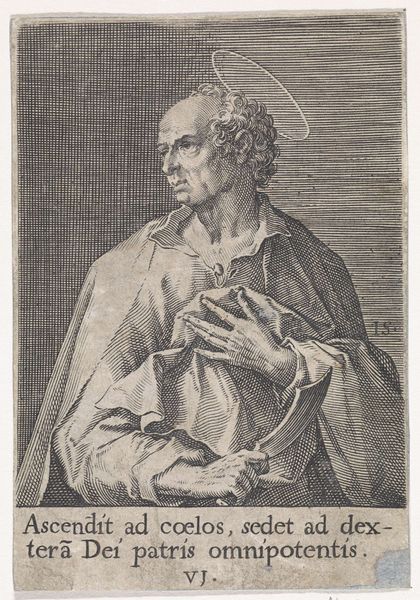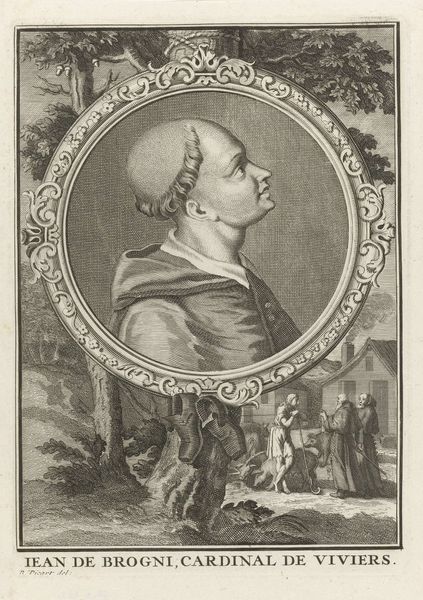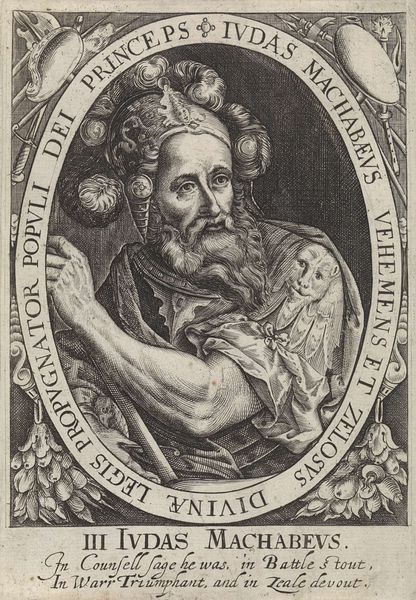
print, engraving
#
portrait
#
baroque
# print
#
caricature
#
figuration
#
history-painting
#
engraving
Dimensions: height 150 mm, width 105 mm
Copyright: Rijks Museum: Open Domain
This engraving of H. Johannes van Matha was created by Cornelis Galle I sometime between the late 16th and mid-17th century. It’s made by cutting lines into a metal plate, applying ink, and then pressing paper onto the plate to transfer the image. Look closely, and you can see how the fine, deliberate lines create a detailed portrait. Galle's mastery with the burin allowed him to play with light and shadow, giving the image depth and a sense of realism. Engravings like this were not only works of art, but also important means of circulating information and imagery in a pre-photographic world. The printmaking process itself involves collaboration, as we can see from the inscription: "C. Galle foully. T. Galle excud." Galle likely worked alongside his son Theodoor. The division of labor highlights how printmaking was often a family affair, blending artistic skill with workshop production. By considering these aspects of material and making, we gain a deeper understanding of the cultural and economic context in which this print was created.
Comments
No comments
Be the first to comment and join the conversation on the ultimate creative platform.
